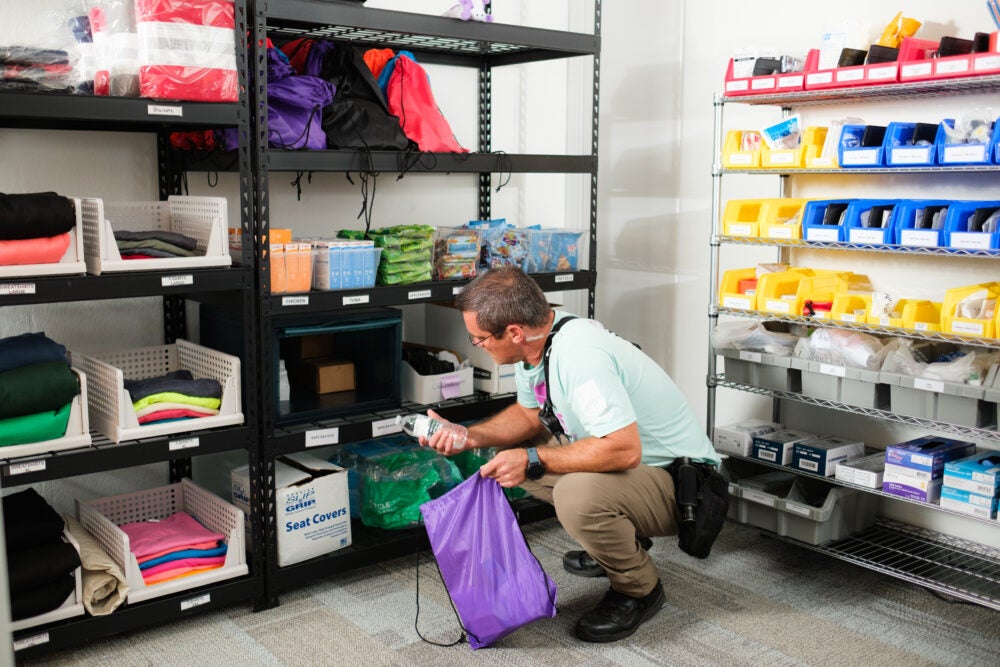
Strengthening Alternative 911 Emergency Response
Child welfare leaders interact with data about the performance of their system dozens of times per week. Most have internal performance dashboards that they review in regular meetings with their senior leadership teams, yet many find it difficult to go beyond compliance-focused reporting and fall short of using the data to shape decisions, track progress toward goals, and focus agency attention on concerning trends that may require additional support.
Based on experience providing hands-on technical assistance to child welfare leaders across the country, the GPL has identified two common design challenges that prevent child welfare leaders from maximizing the impact of their performance dashboards. First, the dashboards do not present the most useful data. Second, the data that does exist is presented in a way that makes it difficult to uncover decision-shaping insights. This strategy brief provides a detailed framework and approach to building performance dashboards that can help leaders overcome these common design challenges. For example, the brief details five dashboard design elements that can position agency leaders to more effectively respond to performance trends in real time:
By ensuring their performance dashboards present the most useful and actionable data, child welfare leaders and their teams can identify and address issues as soon as they arise, as well as elevate and spread effective practices that are working well.
Strengthening Alternative 911 Emergency Response
Strengthening Alternative 911 Emergency Response
Strengthening Alternative 911 Emergency Response
Strengthening Alternative 911 Emergency Response
Strengthening Alternative 911 Emergency Response
Strengthening Alternative 911 Emergency Response


